How to talk to kids when they won't listen
1/31
Earn XP
Description and Tags
Chapter 1
Name | Mastery | Learn | Test | Matching | Spaced |
|---|
No study sessions yet.
32 Terms
TRUE OR FALSE
Calm someone down by minimizing their troubles.
FALSE
TRUE OR FALSE
When someone tries to calm us down by minimizing our troubles, we end up feeling ________ or
__________
worse or irritated

What are 6 ways we can irritate a child.
Philosophical Lecture
Advice and “helpful” suggestions
Comparison
Accusation and Blame
Denial of feelings
Questions

A child grieved that they lost their tooth that they brought to school that morning that is now gone
This type of strategy unintentionally aggravates a aggrieved child:
“That's nothing to cry about. You have plenty more baby teeth.”
Denial of feelings
A child grieved that they lost their tooth that they brought to school that morning that is now gone
This type of strategy unintentionally aggravates a aggrieved child:
“When the next one falls out, you should keep that one at home.”
Advice and "helpful" suggestions
A child grieved that they lost their tooth that they brought to school that morning that is now gone
This type of strategy unintentionally aggravates a aggrieved child:
“Why didn't you put it under your pillow? Why would you bring something that small to school?”
Questions
A child grieved that they lost their tooth that they brought to school that morning that is now gone
This type of strategy unintentionally aggravates a aggrieved child:
“If you bring something so tiny to school, it's bound to get lost. Besides, you don't need that baby tooth anymore. You're going to grow a nice, big tooth in there. You should be happy.”
Philosophical Lecture
A child grieved that they lost their tooth that they brought to school that morning that is now gone
This type of strategy unintentionally aggravates a aggrieved child:
“Hey now, try to act your age. Even the kindergarteners don't cry like that.”
Comparison
A child grieved that they lost their tooth that they brought to school that morning that is now gone
This type of strategy unintentionally aggravates a aggrieved child:
“Don't come crying to me. It's your own fault. You need to be more careful with your things.”
Blame and Accusations
Even though initially we want to give students a better perspective and help them learn what is better and what is not. Why is that not a good strategy
Timing is wrong
What is a powerful urge that we must avoid doing when talking people out of their misery?
minimizing or dismissing negative feelings
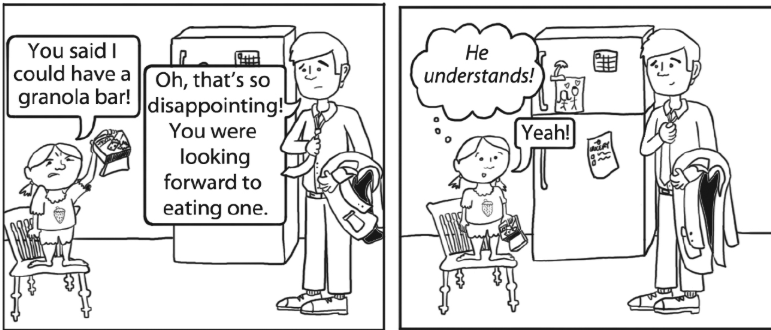
Tools you can grab when a someone is in emotional distress.
Tool #1: Acknowledge ____with ________
Acknowledge feelings with words
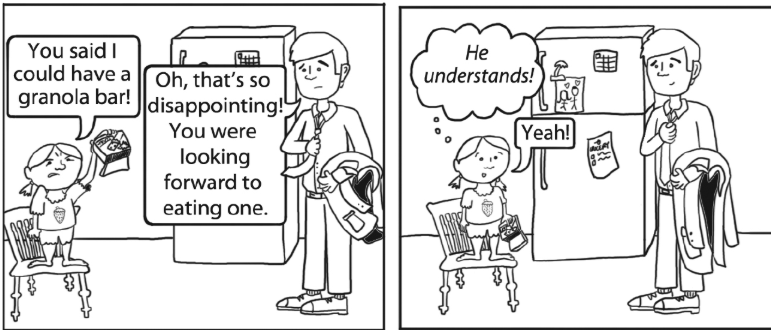
Instead of arguing that the child is foolish, or wrong, or rude, or overreacting, stop and ask yourself:
____________________?
what is this child feeling?
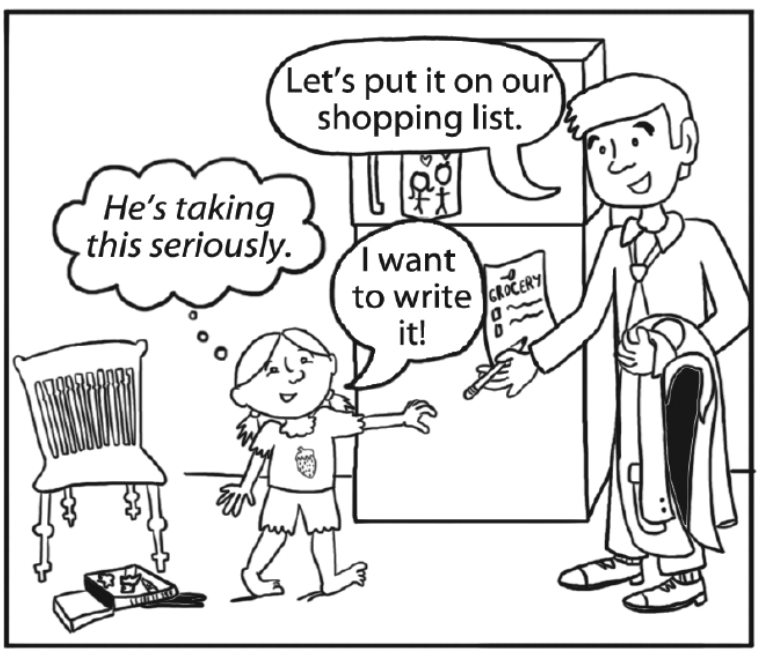
Tools you can grab when a someone is in emotional distress.
Tool #2: Acknowledge feelings with ________
Acknowledge feelings with writing

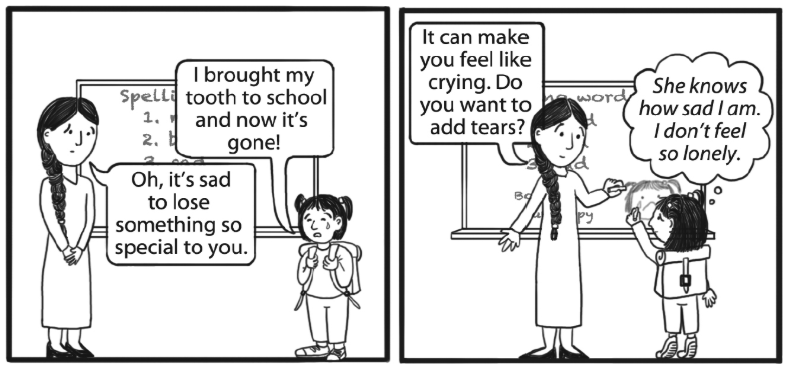
Tools you can grab when a someone is in emotional distress.
Tool #3: Acknowledge feelings with ________
Acknowledge feelings with art
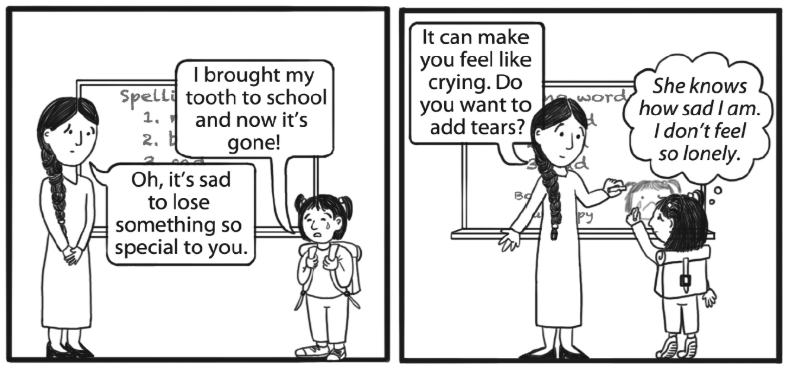
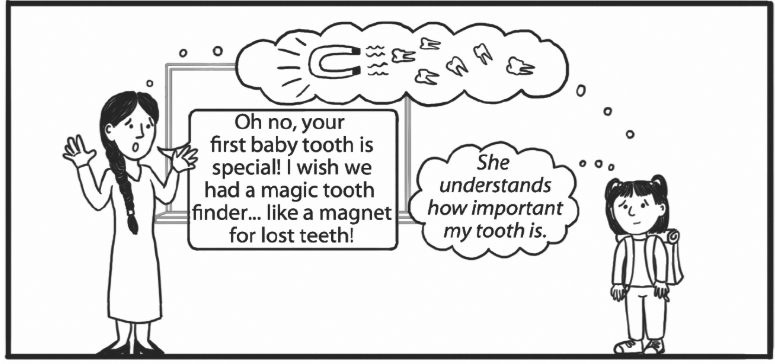
Tools you can grab when a someone is in emotional distress.
Tool #4: Give in _____what you cannot give in _______
Give in fantasy what you cannot give in reality
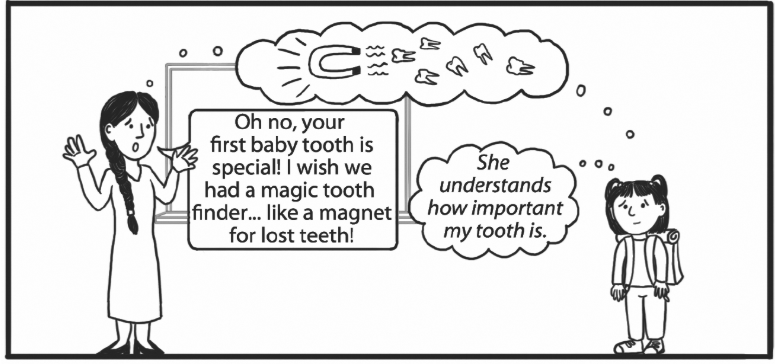
What is a temptation we say and must avoid when a child wants something that its impossible to have?
repeatedly explain to them why they cannot have it
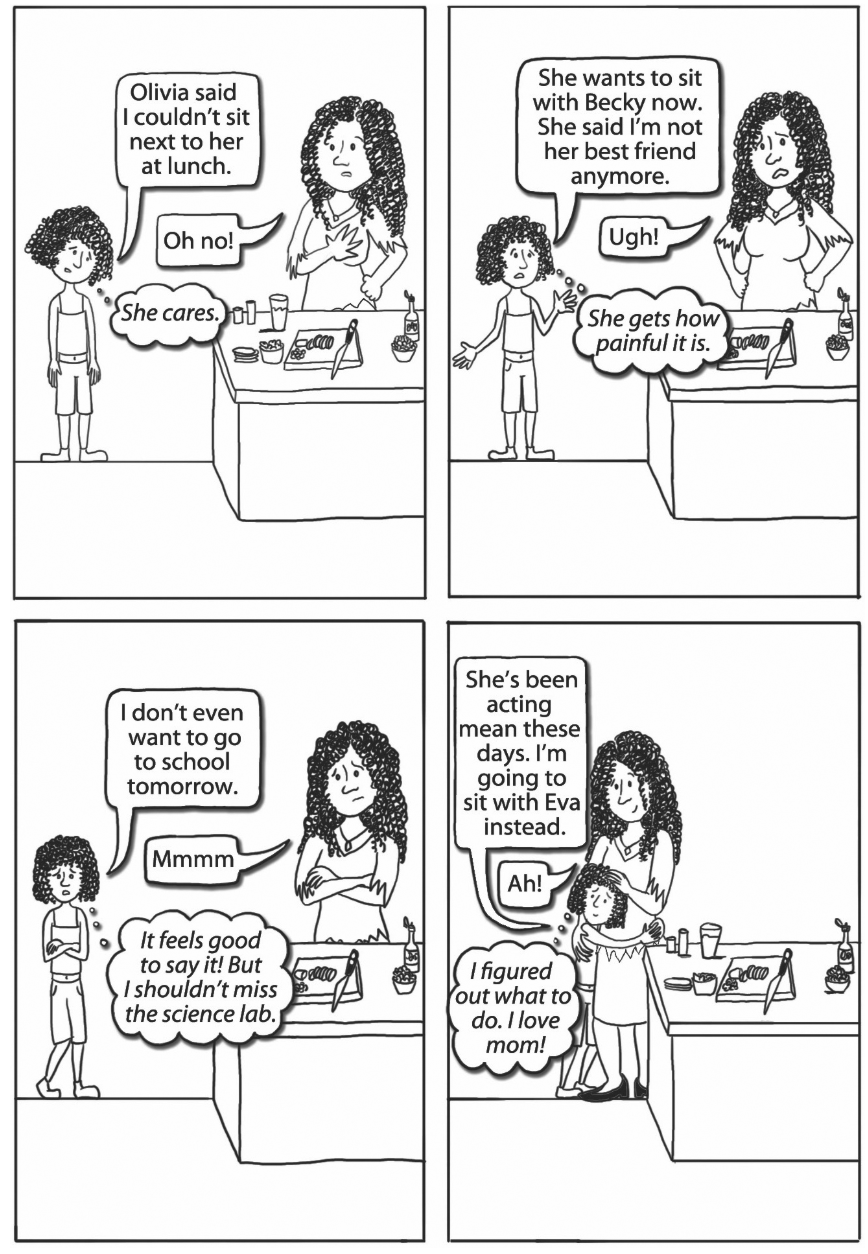
Tools you can grab when a someone is in emotional distress.
Tool #5: Acknowledge feelings with (almost) ______ _______
Acknowledge feelings with (almost) silent attention

Empathize without doing what four things?
Denying their feelings
questioning
lecturing
giving advice
when_________ _________ are involved, we can often avoid _________ and save ______if we address those ______first.
when strong emotions are involved, we can often avoid conflict and save energy if we address those feelings first.
1. When a child seems to be asking a question that is a Non-Obvious Expressions of Feelings or rhetorical question what should you do?
It’s more helpful to start the conversation by acknowledging the feeling behind the question.
True or False
2. When a child seems to be asking for advice. Simply give your advice
False
When a child seems to be asking for advice. _____ the temptation to offer _____advice.
Resist the temptation to offer instant advice.
When a child seems to be asking for advice, a question or makes an dramatic overstatement _______ the ________ behind what they said first!
When a child seems to be asking for advice, a question or makes an dramatic overstatement acknowledge the feeling behind what they said first!
True or False
3. When a child makes a dramatic overstatement Let’s take a shot at acknowledging the feelings behind the overstatements.
True
True or False
When a child asks a question that she actually wants an answer to ackniwledge the feeling first
False
When we accept the negative feelings of a person in distress, we’re giving her a gift Why?
At least one other person in the world understands what they are going through. They don’t feel alone.
What are the four things you must NOT DO to empathize with people?
denying their feelings, questioning, lecturing, or giving advice.
What are the three things Acknowledging feelings does for a kid and even adults?
1) Transform the relationship
2) Creates an atmosphere of goodwill
3) Lays foundation for Kids to reciprocate the act of caring for people and accepting their feelings
TRUE OR FALSE
Not every situation calls for acknowledging feelings
True
They need to feel _________ before they’re ready to consider __________.
They need to feel understood before they’re ready to consider solutions.
True or False
If you don’t spend a generous amount of time accepting feelings, your child may be receptive to a respectfully offered suggestion because they felt fully heard.
False